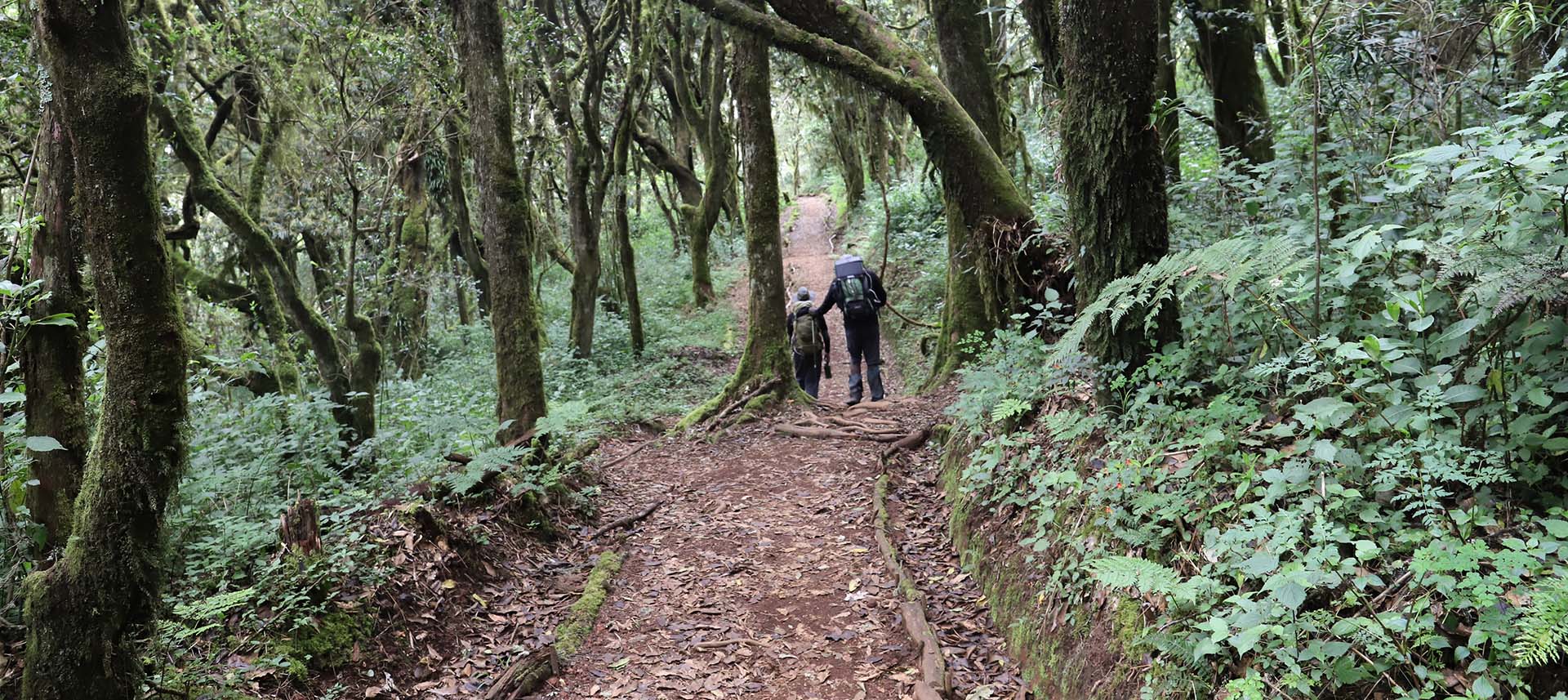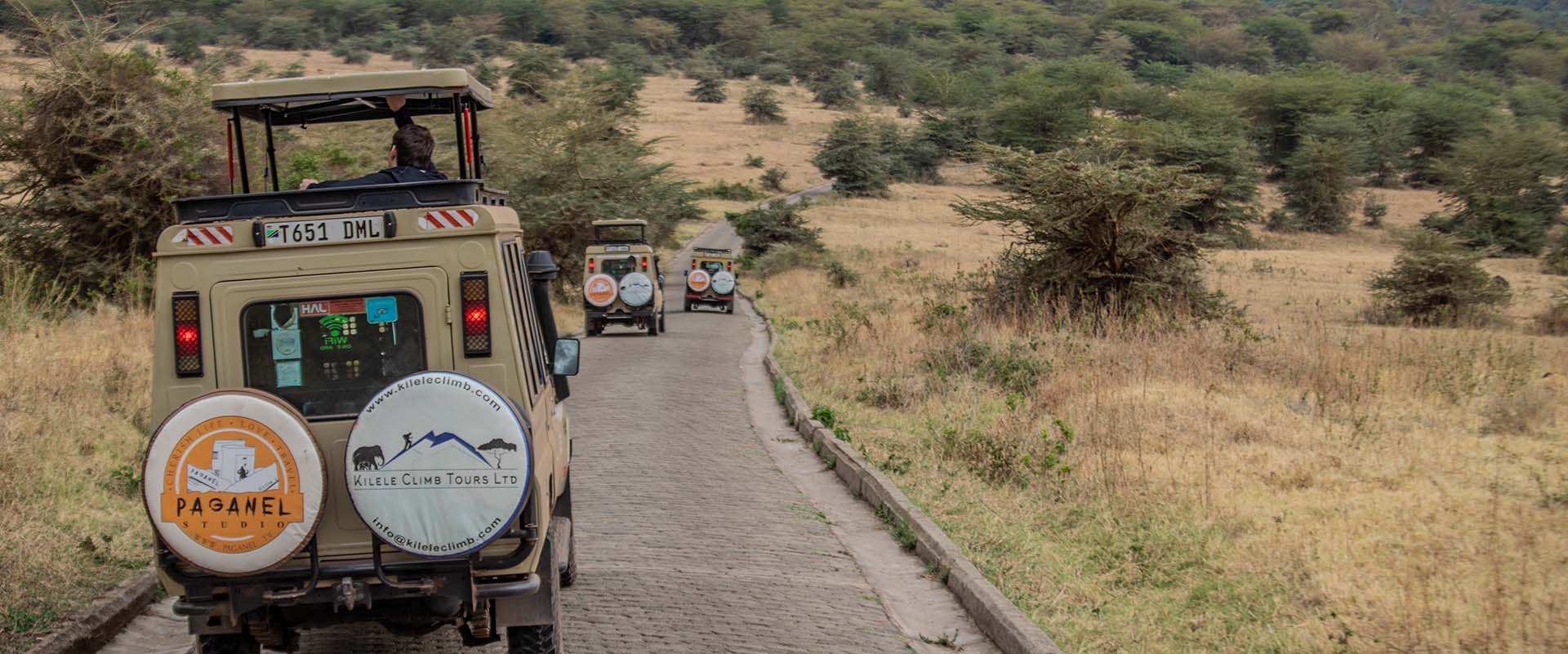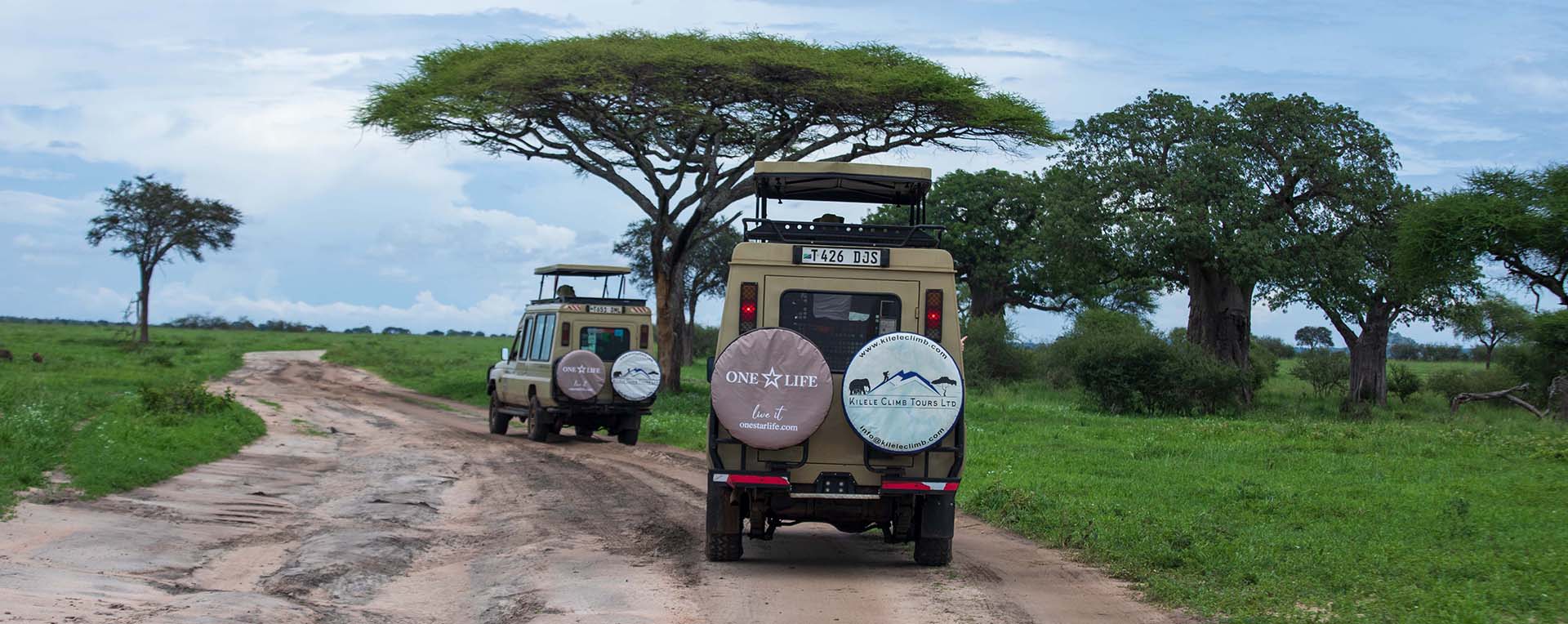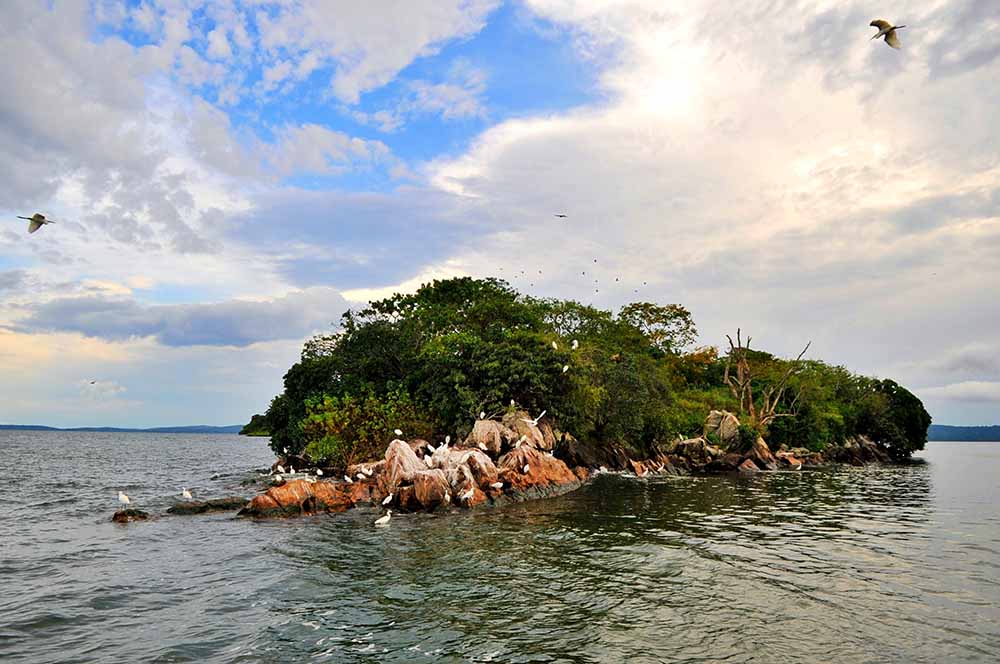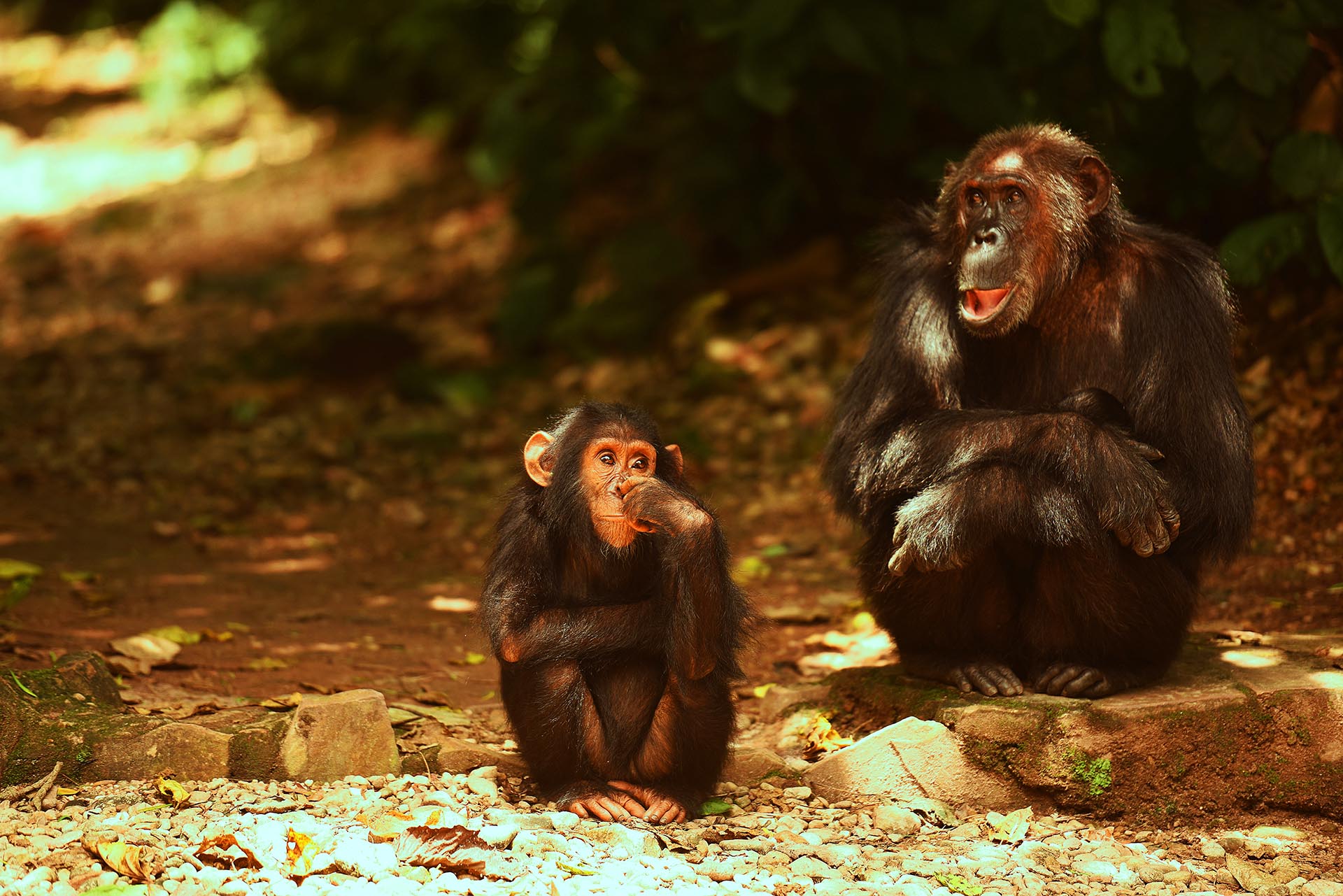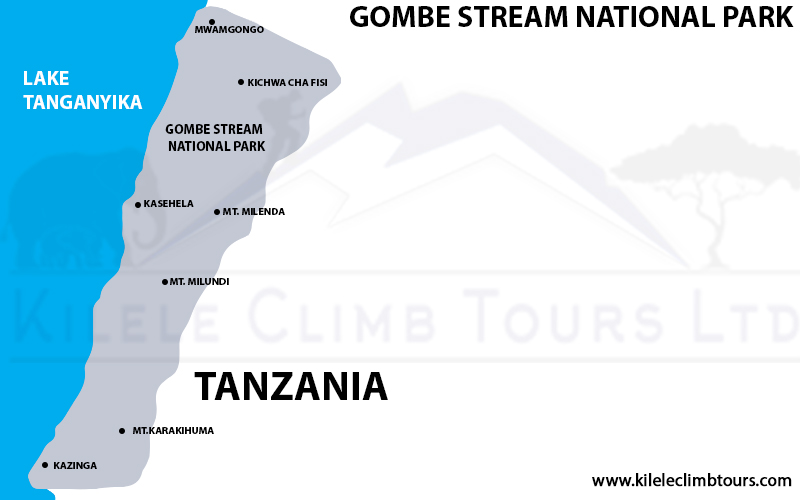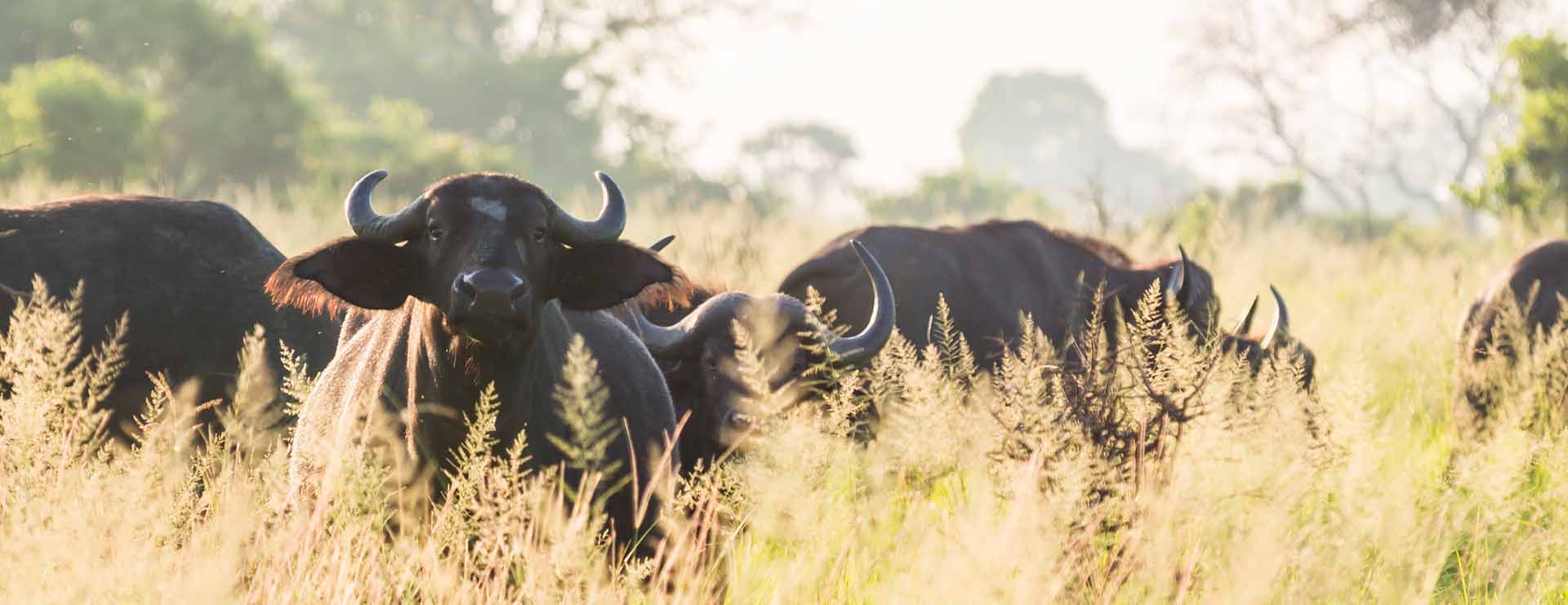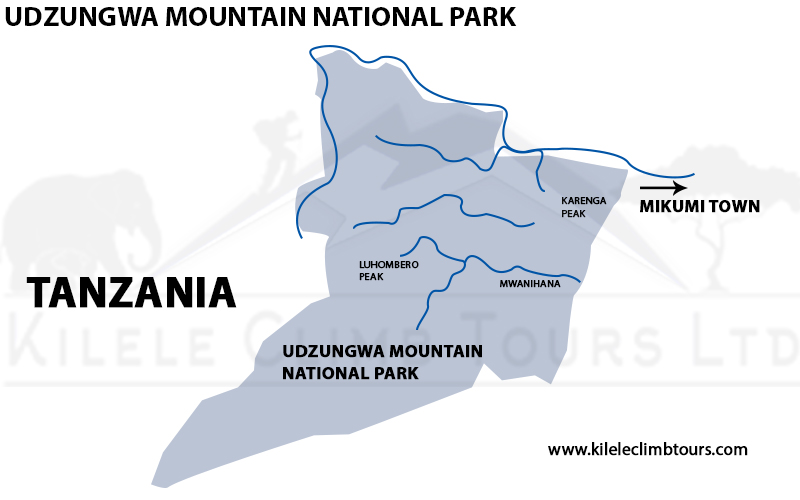Mount Kilimanjaro Day Tour
Trip Introduction
Duration: 11 hours
It is possible to do a one-day hike, which may whet your appetite for a future climb and this can be done via Marangu route. Only one day on the mountain will be enough to give you a full picture of what it takes to be part of a Kilimanjaro trekking expedition.
This adventure is also perfect if you travel with children who are not ready for the full hike yet, or if your holiday is too short but you still want to enjoy the trip.
On these hikes you will reach the lower camps of Kilimanjaro, delve into pristine tropical wilderness and see breathtaking landscapes around. The trail taken by first Kilimanjaro explorers, Marangu is home to black-and-white colobuses living in the branches of tropical trees growing along the trail.
A one-day trip leads you up to Mandara Hut and back to the entry gate.
Itinerary
Day 1 – Moshi – Marangu Gate – Moshi
- Travel time: 1 hour – 1 hour
Your day tour begins with your hotel pickup from your hotel at 07:30am Drive 1 hour to Marangu gate. Enter the park and complete your registration at the gate with the Kilimanjaro National Park authorities, and begin hiking at around 09.00hrs The Marangu Route, which we follow today, approaches Kilimanjaro from the southeast. Hike (medium fitness) through the rainforest for estimated 3-5 hours, till Mandara Hut. We will be attempting to reach the Mandara Hut and will only trek through the lower altitudes, taking our picnic lunch on the way to the Mandara Hut. Once we reach the hut at 12:00hrs, we will stop for a rest for 30 mins.
A side trip to Maundi Crater is a good way to see the surroundings (time and weather permitting). Descend through the forest trail back to the park gates (estimated 2.5 hours) where your driver will be waiting to transfer you back to your hotel in Moshi.
Spending time
Activities shall take an average of 8 hours hiking.
- Price for Kilimanjaro Day Hike per person in USD.
Number of Pax |
2-3Pax |
4-5Pax |
6-8Pax |
10+ Pax |
Standard package |
$ 350 |
$ 270 |
$ 210 |
$ 200 |
INCLUDED IN THE PRICE:
- Transport to/from gate
- Park fees
- Professional English-speaking mountain guide
- Lunch box
- 1,5l bottle of water
- 18 % VAT (Value Added Tax)
EXCLUDED FROM THE PRICE:
- Tips (Tipping guideline US$20.00 pp per day)
- Alcohol drinks
- Any Private Expenses (Souvenirs, travel insurance, etc.)
- Accommodation before and at the end of tour (Unless mentioned otherwise)

